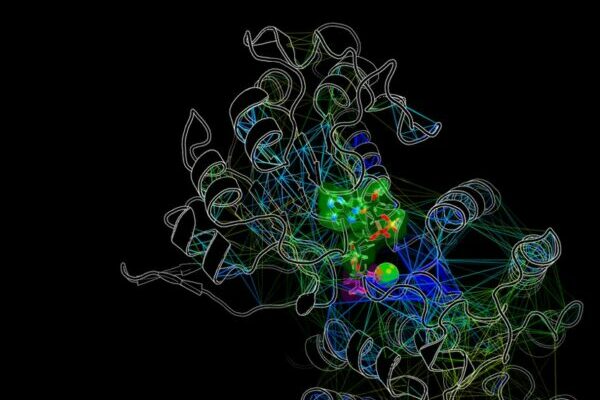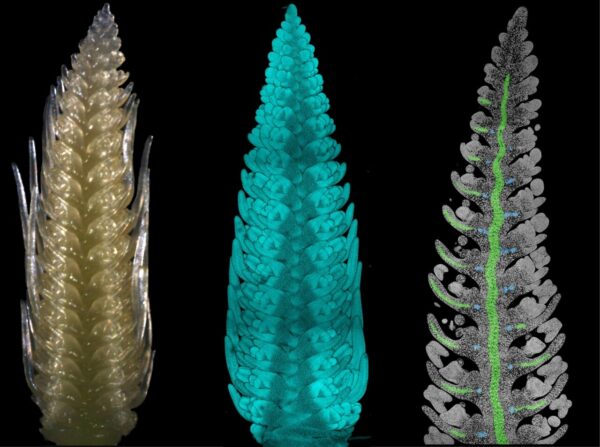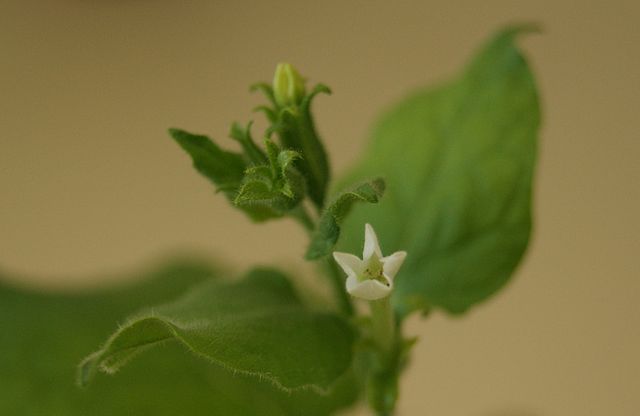Agriculture is the major player in contributing to global food security. Increasing our crop productivity is currently a challenging task due to the limitations of climatic change and decreasing of agricultural land. Sustainable agriculture has been considered an excellent solution for the prevailing and future environmental conditions. To contribute to sustainable agriculture by improving crop productivity, we need precise information about these crops. Knowledge about the interactions of different yield components is of great importance for the best possible exploitation of yield potential. In barley, it is particularly important to increase the number of grains per spike. However, which factors play a role in this and what differences there are between different barley row-types has hardly been researched so far.














